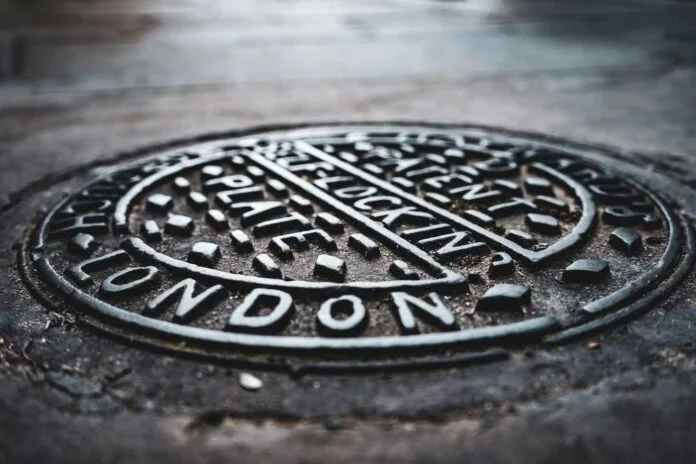Trenchless Sewer Repair. Before more recent technology, a typical sewer repair was more of a replacement job than a fix. The project typically involves digging up the old line, removing the old, broken, or plugged-up pipes relaying new ones, and then burying everything all over again. This could be because of tree roots penetrating and causing material blockage, too much solid material coagulating, earth movement bending the plumbing, or the old pipes themselves falling apart due to corrosion.
In many cases, the culprit was sewer line blockage. Which in turn would back up into the house it came from, sometimes creating a surprise mess when first discovered.
Lesser Repairs
If a sewer line was not completely compromised but blocked. It could also be saved by routing out the materials and opening the flow again. This involved using a tool that drilled its way through the inside of the sewer pipe to clear it out.
Again, this still involved digging to access one end and then route to an uncovered other end until the blockage was removed. Both the above and the routing method were labor-intensive, disruptive, and costly.
Changes with Trenchless Sewer Repair
With a trenchless sewer repair, the labor of digging and unearthing the sewer line is avoided. Instead, the first step is to run a camera through the sewer line to see exactly what is causing the blockage, where, and to what extent. With this visual diagnosis, the repair steps can then be taken accurately with the expected results.
Method 1: Pipe Bursting
In this approach, the old line is used as a guide for laying the new pipe. This involves using a tool that essentially moves down the old line and spreads it apart to the point of breaking. The earth around it compacts and makes space on the external side of the pipe simultaneously.
A new line is pushed into the cavity of the spread apart old line right after the spreading tool. This approach lays down a new sewer line by moving through the old line and leaving it separated in the earth without digging anything up. If a sewer capacity has to be increased for a household. This approach allows a bigger line to be installed, within some reasonable range of expansion.
Method 2: Pipe-Lining
This alternative method involves clearing out a line and inserting a new internal lining at the same time. Pipe lining is less destructive and used where the old line is still solid but has aged.
Once cleaned out, the new line is pushed/pulled through the old line from the inside. When installed fully, the new line is then inflated, and the lining cures into hard form.
Essentially creating a new pipe within a pipe. This approach is less durable but it’s still protected by the old pipe on the outside. It does, however, create a marginally smaller pipe diameter on the inside. Pipe-lining is advisable where a home has the same flow capacity or less and additional demand is not predicated for the future.
Why Trenchless Repair Works So Well
Again, with two good choices to work from. Most sewer pipe repairs can be done effectively with very little manual labor involved. Instead, only small holes are created for access, and the materials have an exceptional durability lifespan (decades).
Trenchless repair is also advisable where sewer lines are in very hard-to-access places where excavation is pretty much impossible, such as in or under foundations. Plus, there is less waste and trash as everything stays underground where it was already.
Considering a Sewer Service or Repair?
If your old sewer system isn’t working well, plugging up more than occasionally, and needs frequent routing. You may be ready for a serious repair. A trenchless sewer repair can be a far better idea, both in terms of cost and avoiding a lot of mess and destruction to property to get access to the line.
Additionally, given the lower price tag, homeowners insurance providers are likely to be far more receptive to a trenchless approach than a traditional sewer repair order. The technology is widely available and worth looking into, especially for those operating on a budget.


